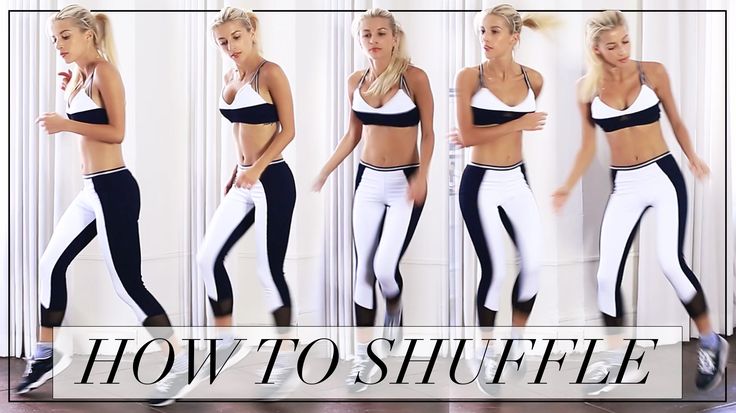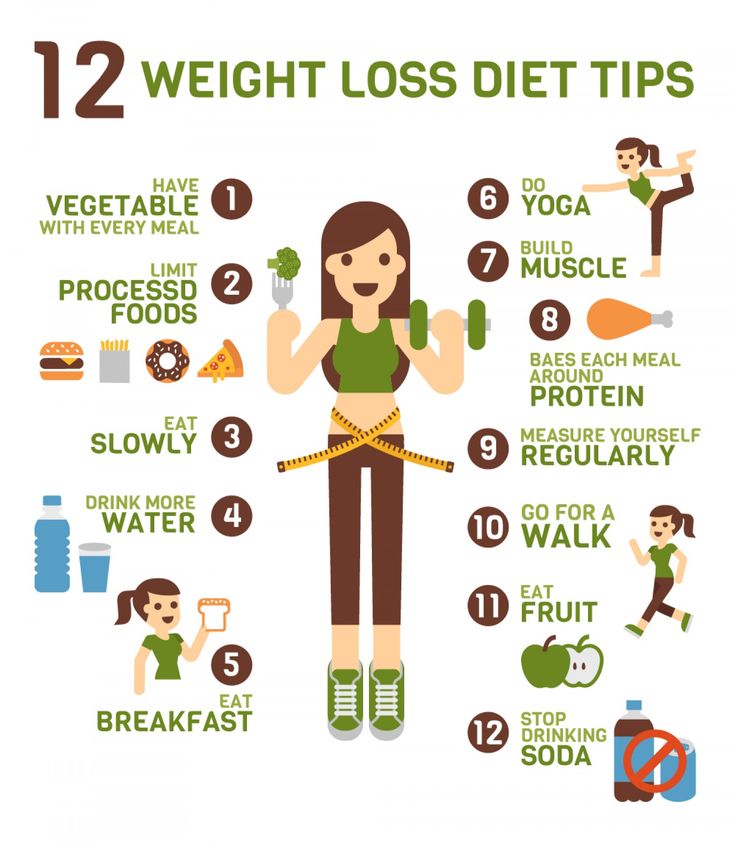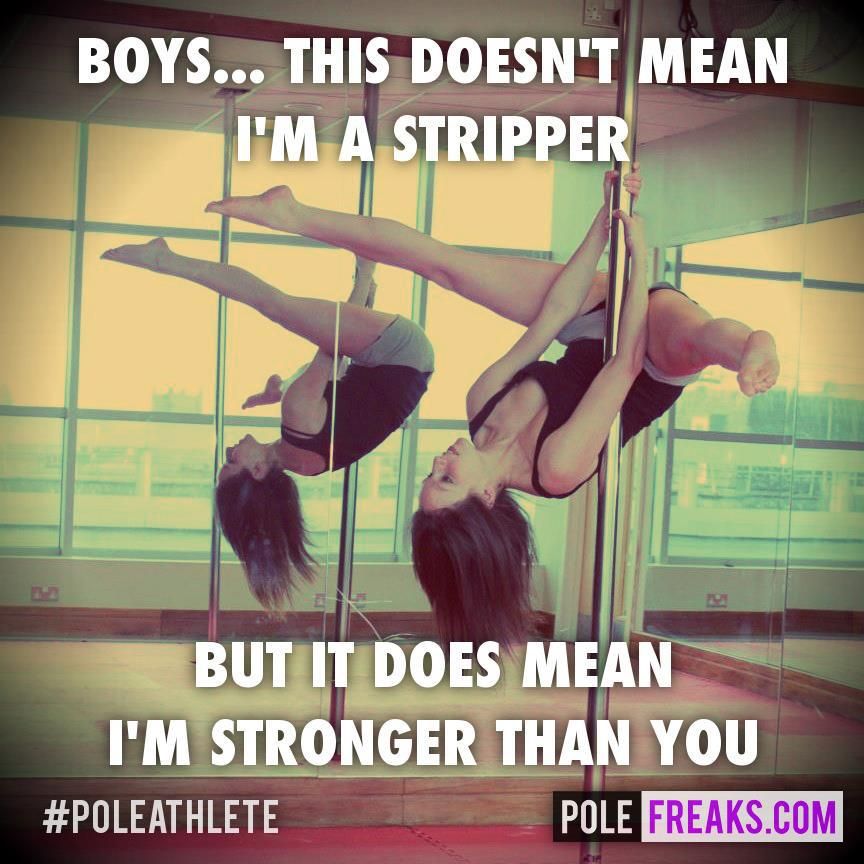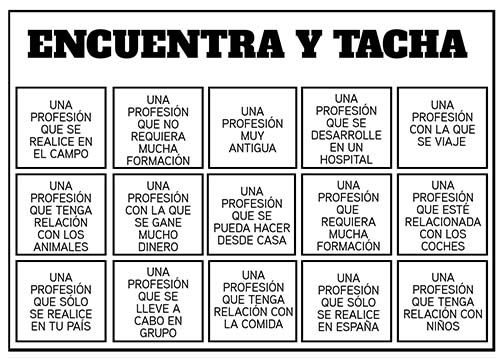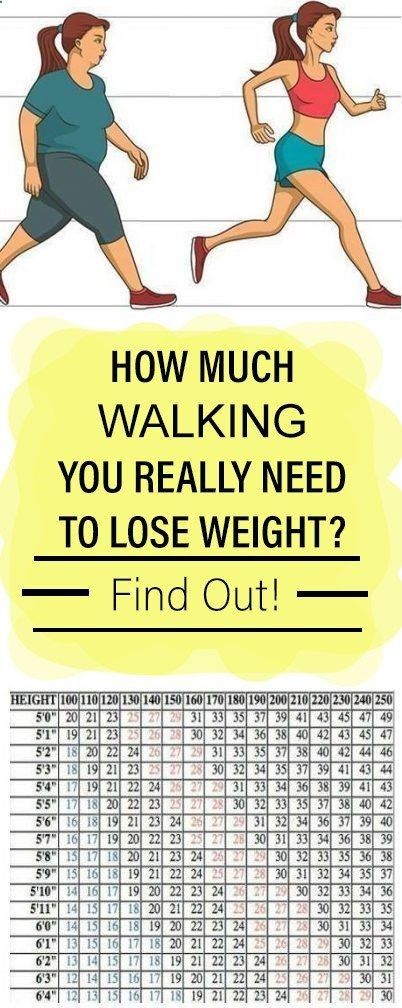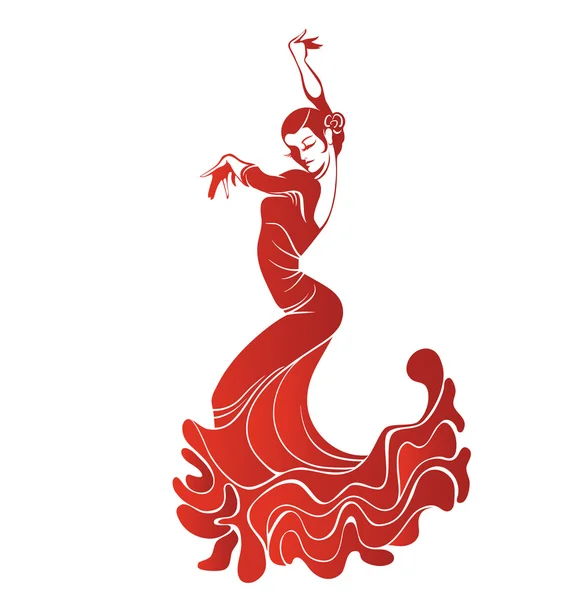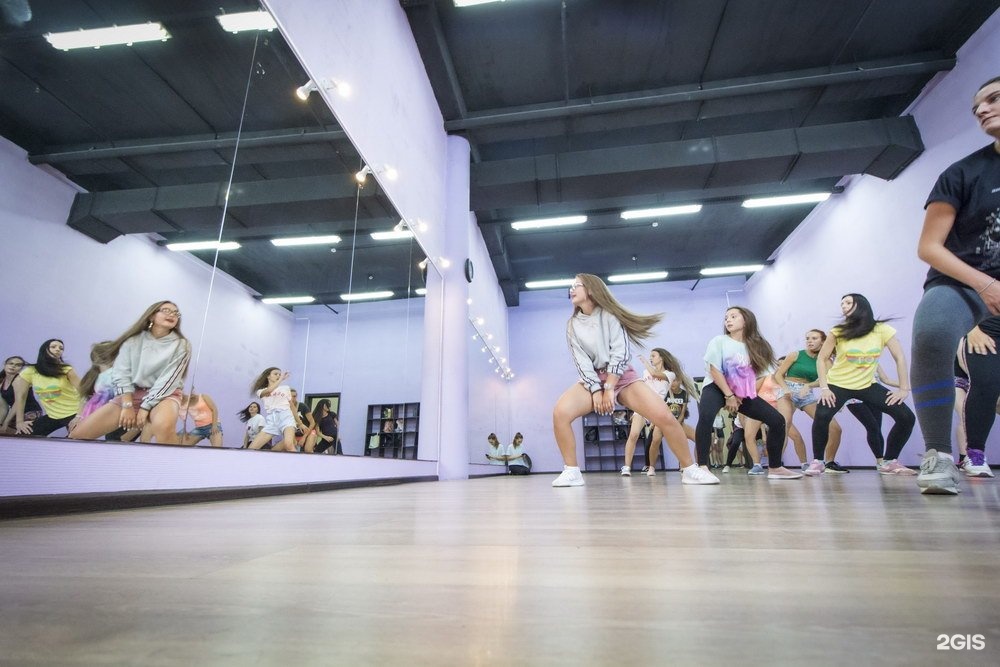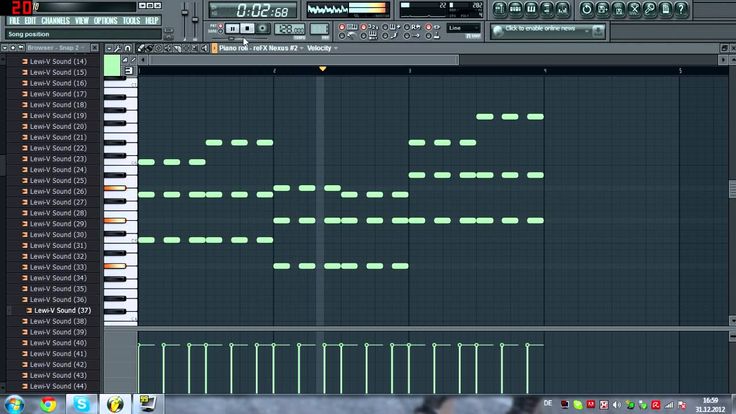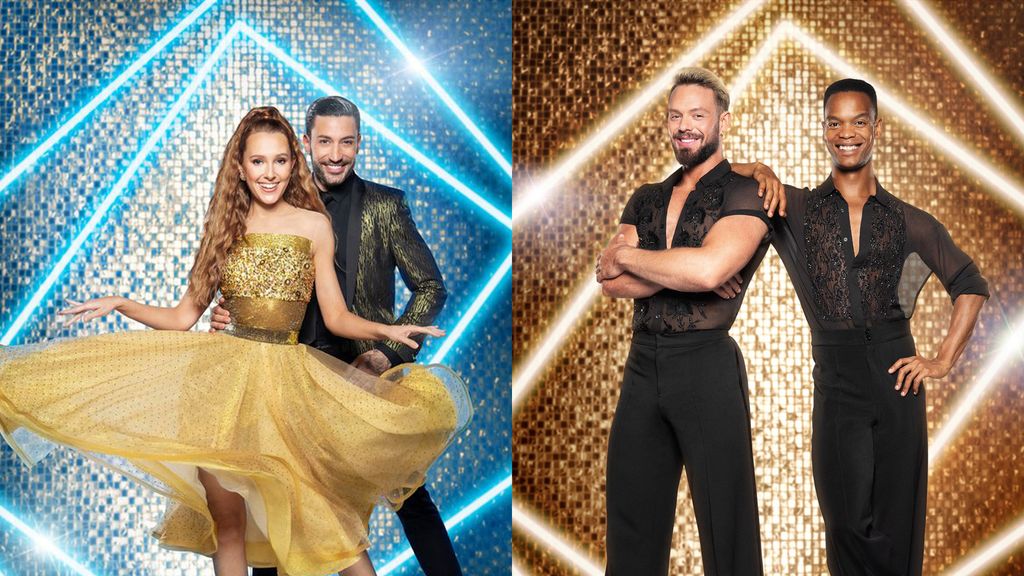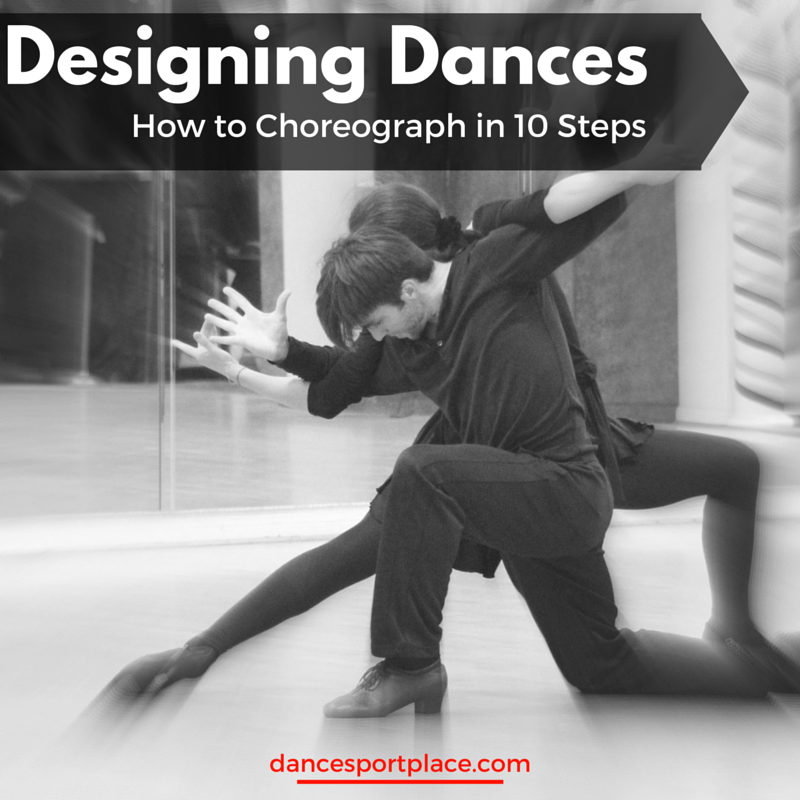How to jersey club dance
I Love Jersey Club Music (And So Does TikTok)!
Remember school dances back in middle or high school? It was always so awkward and quiet in the beginning because no one was comfortable to dance yet. Most of the time you couldn’t do a simple two-step to the music that was playing. That was until the DJ would bring everyone to the floor with something like “The Cha-Cha Slide” or “The Cupid Shuffle.” Everyone and their mother would rush over to the dance floor and follow the steps that the song instructed them to do. Back home in NJ, we had our fair share of those songs. However, we also did things a bit differently.
Everyone in my school loved a subgenre of music known as Jersey club. Nothing had my friends and I rushing to the dance floor faster than the sound of DJ Lilman’s “Team Lilman Anthem.” When leaving NJ and going to college in Georgia, I had to bring Jersey club with me. What I didn’t realize was how many people were already vaguely familiar with the genre. Sad part is, they just knew it as TikTok sounds!
“Team Lilman Anthem” By DJ LilmanWhat is Jersey Club?Originating from Newark, Jersey club is a form of electronic dance music that began in the early 2000s. It’s credited to DJ Tameil, alongside other members of the famous Brick Bandits Crew. They took inspiration from the Baltimore club scene, which fused hip-hop and house music together, creating a rhythmic heavy dance beat. Other producers who visited the Newark area began to experiment with this familiar sound and bring it back to their own counties in New Jersey.
Streets of Newark, New JerseyMost modern Jersey club remixes use pop music and other popular hip hop or R&B tracks as samples. The classic Jersey club sound could be defined as aggressive yet bouncy because of its 140 BPM alongside its triplet percussive pattern.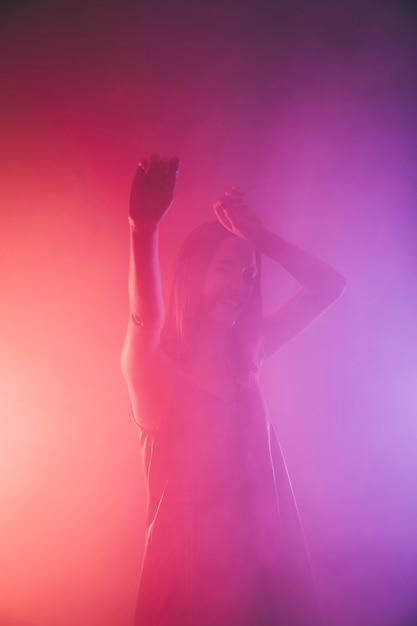 Vocal samples are chopped up and layered over the heavy bass to fully emphasize the dance beat behind the music. Three words I would use to describe the sound of Jersey club is rhythmic, intense, and sexy.
Vocal samples are chopped up and layered over the heavy bass to fully emphasize the dance beat behind the music. Three words I would use to describe the sound of Jersey club is rhythmic, intense, and sexy.
In the mid-2000s the Jersey club scene was fading in and out. More producers were leaving the music profession for work and pursuing an education. This led to the new generations of DJs to enter the scene. Jersey club was originally only known as Brick City club because of its origin in Newark. The name was later changed to Jersey club after there were more influences from out of town. This name change helped the genre to better fit the mass spread across the state. It then began to make traction on websites including Myspace.
“We Are Young (Remix)” By DJ SmallzAs the internet grew, so did the use of social media platforms.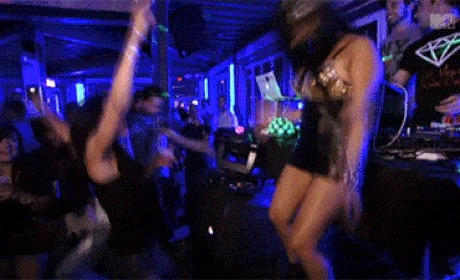 As a result, streaming services such as SoundCloud became popular for aspiring DJs to release their music to the public. During the 2010s and the expansion of Vine, Jersey club picked up traction through dance trends. The rise of social media stars using club music from smaller creators allowed for artists like DJ Lilman, DJ Smallz, and DJ Telly Tellz to release trendy dance music.
As a result, streaming services such as SoundCloud became popular for aspiring DJs to release their music to the public. During the 2010s and the expansion of Vine, Jersey club picked up traction through dance trends. The rise of social media stars using club music from smaller creators allowed for artists like DJ Lilman, DJ Smallz, and DJ Telly Tellz to release trendy dance music.
As dance and sound trends grow on TikTok, more DJs have been able to share the sound of Jersey club with the world. Famous DJ Cookiee Kawaii is a well-known musician who had multiple tracks go viral on TikTok in 2020. Her songs such as “Vibe” and Violin” are both iconic dance hits that have gained her millions of views and followers online. I highly suggest checking her out!
“Vibe (If I Back It Up)” By Cookiee KawaiiDancing videos are heavily associated with TikTok.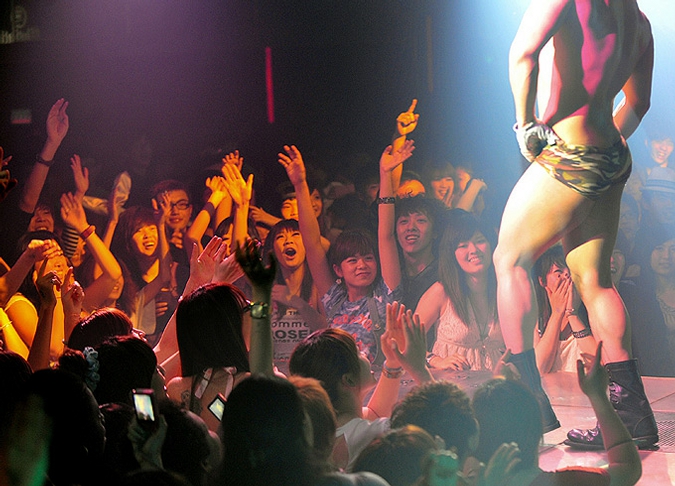 Thousands of small artists take a liking to the platform because it’s an easy way for their music to reach millions of viewers. However, the only downside to using TikTok as a main source for exposure is how easy it is for artists to have their work discredited. This is prominent within the house music and club scene. Millions of viewers would watch a popular influencer dance to a Jersey club track but have no clue who made the music.
Thousands of small artists take a liking to the platform because it’s an easy way for their music to reach millions of viewers. However, the only downside to using TikTok as a main source for exposure is how easy it is for artists to have their work discredited. This is prominent within the house music and club scene. Millions of viewers would watch a popular influencer dance to a Jersey club track but have no clue who made the music.
What’s a music subgenre that’s close to home that you love? Personally, I don’t think I will ever outgrow the Jersey club scene. Especially because they have a remix to almost everything! I’m not one to gatekeep – Jersey club is a music experience that everyone should get into.
Like this:
Like Loading...
Representation and Community Spin Jersey Club Music into the Future
There's a fresh sound going viral across YouTube, Instagram, and TikTok. Like the best music genres, it's a result of mutual appreciation and collaboration.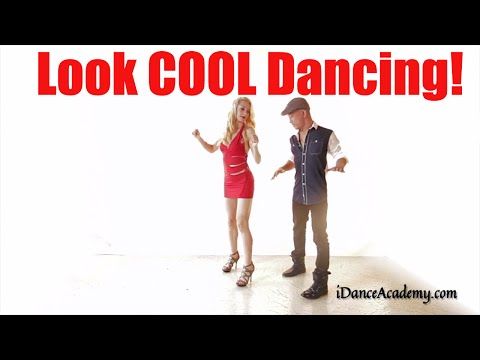 Unexpectedly, it also stems from a personal pilgrimage in the early 2000s in search of something new to spin.
Unexpectedly, it also stems from a personal pilgrimage in the early 2000s in search of something new to spin.
Tired of playing the same old songs and with no new records coming in from Chicago, New Jersey-native and club music pioneer DJ Tameil took to the highway. He traveled to Music Liberated, a hotspot for local DJs in Baltimore, Maryland, where he met DJs Technics and Rod Lee. Conversation and collaboration led the way for permission to bring the Baltimore style back to Newark, New Jersey.
This is Jersey club, an infectious, hip-shaking sound that's a fusion of the original Newark club style with Chicago house and Baltimore club.
As the music continues to evolve, it's become more fierce. And as it's gained in popularity, producers have pushed beyond remixes to put out original dance music that's played at clubs and festivals around the world.
"Jersey club music is your morning coffee, it's your afternoon Red Bull, it's your late-night espresso shot. It's rambunctious, in-your-face party music," said producer, artist and DJ, UNIIQU3.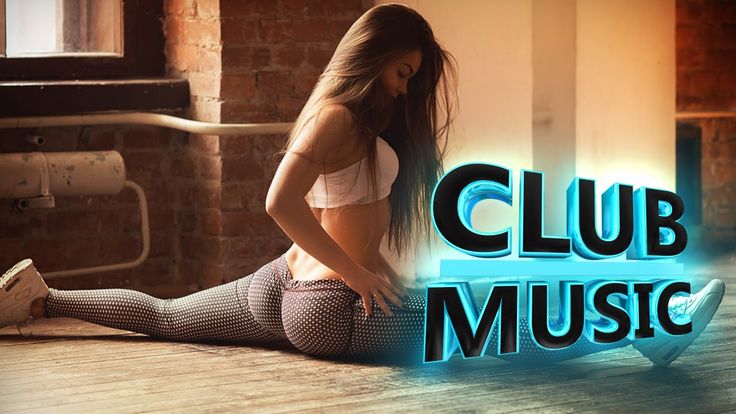
But Jersey club isn't just music — it's life, energy, and community, creating a safe space for the young people of New Jersey.
Call and response
There's only one rule at Jersey club parties, and that rule is simple: Everyone must move to the beat. There are even step-by-step instructions in the music so there's no excuse to be standing still.
The use of call and response dance instructions, and the evolution of the Jersey club sound, naturally gave weight to organized dances.
"It takes the kids off the streets in my opinion. It saves a lot of people," Kia, a dancer and rising DJ, said.
"There's a lot of gang violence where we all come from: Irvington, Orange, East Orange, Newark. A bunch of gang violence, a lot of broken families. So kids try to — it's like an outlet for a lot of us. It's like, love. We get love from everybody. And everybody's so in tune with it. So it saves, it literally saves everybody. It brings happiness."
Like many other dance genres, the music production used to be dominated by men, but today the women of New Jersey are helping to push this genre to new heights.
"When I came up, it was super male dominated," UNIIQU3 said. "I'm a part of the second generation of club music. There wasn't really a blueprint for me to look up to. It was very, just — dude behind the DJ booth and all the girls would be dancing, shaking it to the left and the right. Not a lot of female representation other than on the dance floor."
These days, it's easy to see how the women of Jersey club are helping to push the genre into the future. But back in the early 2000s, legendary Baltimore DJ K-Swift laid the groundwork by lifting club music to new heights.
Her tragic death in 2008 left behind a hole in the local music scene.
"Me and my home girl — TT the artist from Baltimore, she's Baltimore's club queen, and I'm Jersey club queen — we doing our best to try to represent K-Swift and a bright light and, you know finish the work that she started. Real talk," UNIIQU3 said.
We like music. You like music. Let's break it down.
LA Buckner, host of Rewire's YouTube music series, Sound Field, jumps into the world of club music with UNIIQU3 and traces the historic roots of the Jersey club rhythm with DJ Tameil.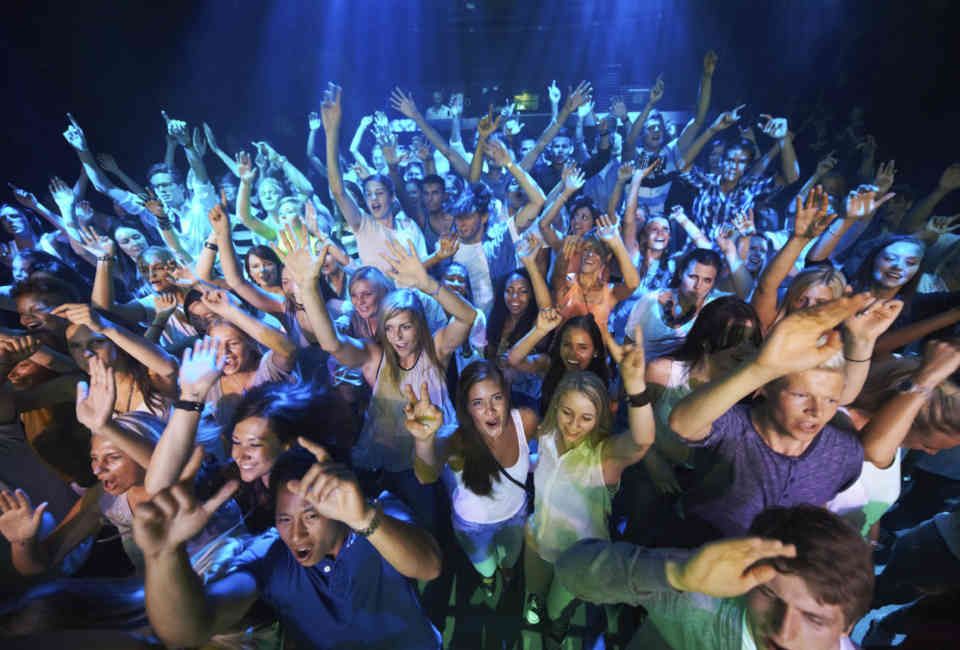
Want more history in your music? Watch this Sound Field episode that breaks down how jazz and hip-hop cross-pollinate.
And please SUBSCRIBE!
House dance - dance of communication
House dance originated in house clubs. Since parties in hip-hop clubs often ended in clashes between various street gangs, police raids and shootings, people began to look for a place where they could dance in peace, make new friends, and possibly have deeper relationships. Clubs became such places, where music with a characteristic deep kick and accelerated bitrate was played. The most famous of them are Warehouse, Paradise garage, Loft. These are clubs united by the idea of equality, fun and love. This is where the famous expression THE HOUSE IS LOVE came from. A large number of different kinds of dancers converged in house clubs: someone danced hip-hop, someone Latin, someone step, someone breaking, someone jazz - and all this was mixed in a single stream, set by juicy rhythms.
Initially, no one thought about the name and the formation of a new style, young people just came to the club, met friends and had fun. Everything changed when, by chance, a touring artist came to a popular club in New York to relax. She was attracted by unusually dancing guys. Approaching one of them, and it was the same Caleaf Sellers, she asked: “what is the name of the style that you dance?” A little embarrassed, since there was no talk of any style before, he blurted out: "This is House." Hearing the answer, she offered them to go on tour with her and support her creativity with dance. This is how a new style of dance began its movement from the club, youth environment. And then more: teams began to be created that traveled and gave showcases around the world, filming video clips with the participation of style dancers, and of course street dance festivals with battles and inevitable judging. Advanced dancers, thanks to whom house now lives not only on the American continent - Caleaf Sellers, Marjory Smarth, Ejoe Wilson, Sekou.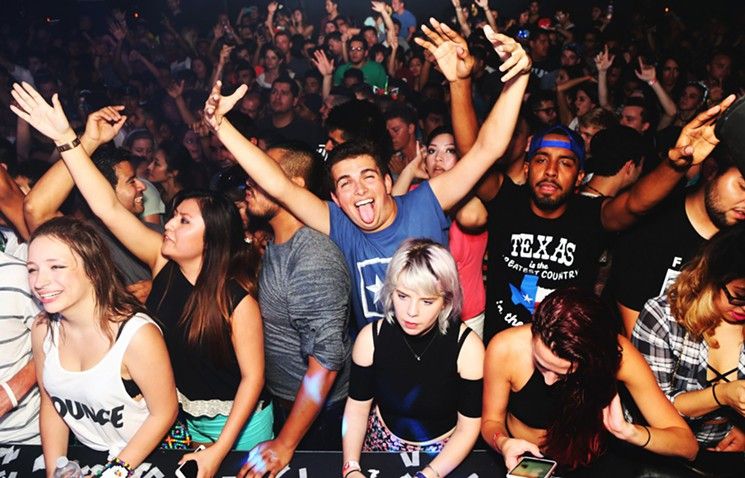
There are sub-styles in house:
Jacking is a dance of various grooves, where the whole body works: body, legs, head.
Footwork - everything is understood, footwork.
Lofting and flurwork - work in the lower levels.
As for battles, the only real battle style is breaking, it's been said more than once. The remaining styles of street dance, sometimes for correctness they are defined as urban dance, are dances of parties, good mood and communication. That's why the battle takes not the most important role in the house culture. Those who have been to a house party or a battle, where only one style is decisive, notice a special atmosphere of support, openness and desire to share information, which naturally contributes to a further desire to develop.
In Russia, house appeared thanks to a group of enthusiasts, guys who have already practiced hip-hop and breaking. In the middle of the 2000s, they got a video cassette with a recording of one of the first Just Debouts.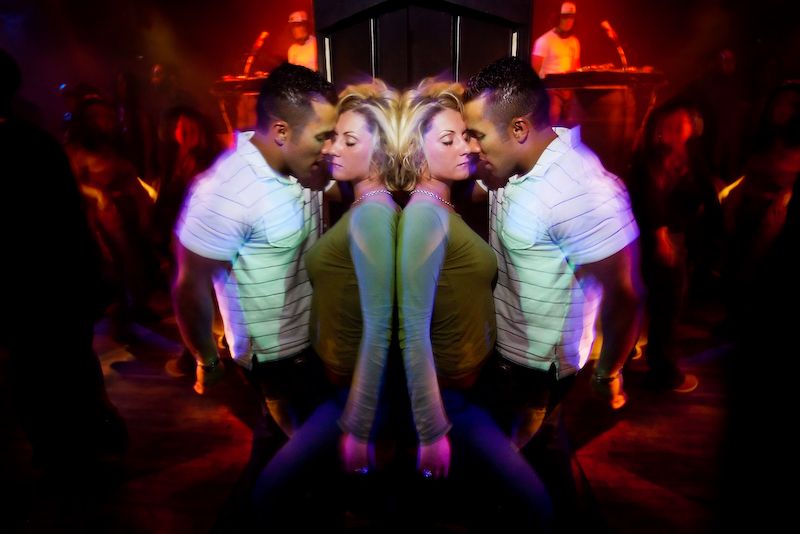 When they saw house, they did not quite understand it, but one of them insisted that it was very cool and very soon this style would blow up the dance floors of many festivals. Friends looked at each other, and began to collect information bit by bit, locking themselves in the halls and honing their technique.
When they saw house, they did not quite understand it, but one of them insisted that it was very cool and very soon this style would blow up the dance floors of many festivals. Friends looked at each other, and began to collect information bit by bit, locking themselves in the halls and honing their technique.
As for choreography, house is one of the “non-choreographic” styles. Spectacular productions are rather based on small joint phrases, and the entire main part is given to improvisation, sustained in the general concept and leading the idea line to the end of the performance.
House is a dance about communication. We can often see how, in battles, dancers facing each other begin to dance together, communicating in a common language of dance; how one dancer, spurred on by the rhythm, begins to move in a circle and in a moment we already see how this circle is picked up by everyone who was standing nearby. House welcomes self-expression, personal opinion of the dance, and if you are honest with him, then sooner or later your style will be appreciated.
Author: Sergey Shchegolev, Svetlana Vorobieva
More articles:
Dance styles. Description of dance styles with video examples. About dance school
Striptease is the art of seduction... It is interesting because it is able to reveal femininity, sensuality and sexuality in a dancer. Becoming on a par with a man, a woman of our time is increasingly forgetting to be a woman. Stripping refreshes instincts, breaks the shackles of stiffness, teaches you to express feelings and emotions. Pillon classes, in turn, provide amazing physical training.
Difficulties: Rhythmic gymnastics skills, good stretching and good figure are required.
The dancers of these genres are real "dance magicians", originating from the art of pantomime. What they do is amazing! Not for nothing, today there is no one cooler than breakers in modern dance. In their performances, we see the highest level of control over the body, the most complex elements, so unimaginable that sometimes it even hurts to watch. Excitement bordering on horror!
What they do is amazing! Not for nothing, today there is no one cooler than breakers in modern dance. In their performances, we see the highest level of control over the body, the most complex elements, so unimaginable that sometimes it even hurts to watch. Excitement bordering on horror!
Difficulties: to really achieve something in breakdance, you need to dedicate yourself to it. And you need to be extremely careful, it does not do without injuries.
Just what you need for fashionistas who are hungry for the stage! The highest degree of posturing and acting. They play on the elegance of forms and lines that reveal the beauty of a half-naked body. Vogue and Waaking are "pathos for whites." The Vogue style is characterized by model poses, it imitates catwalk walking. The style of Waaking, which took a lot from Vogue, is dominated by hand movements (the name itself translates as “waving hands”), they borrowed many movements from locking.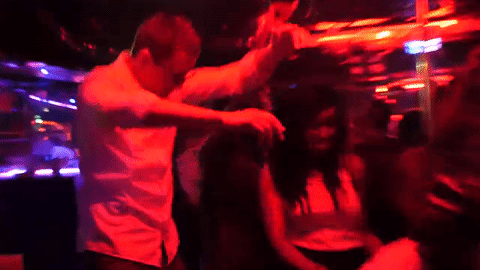 Go-Go is a looser style that mixes the previous two and adds elements of other styles, such as the strip. This is the most popular style of dancing nightclubs.
Go-Go is a looser style that mixes the previous two and adds elements of other styles, such as the strip. This is the most popular style of dancing nightclubs.
Difficulties: excellent physical characteristics and moral readiness are required to perform on stage practically in underwear.
A modern interpretation of ballet that preserves aesthetic traditions, but gives freedom and flexibility of technique, abolishing the rigid standards of the classics. Choreography is at the heart of these styles. Most of the higher educational institutions under contemporary dance are represented by Contemporary. But the paradox is that this genre is completely unsuitable for dancing to modern dance music. This is purely a stage dance technique.
Difficulties: in order to achieve success in this style, you need to practice from childhood.
The highest "theatrical" form of choreographic art, the embodiment of the highest aesthetic ideals. This is an exclusively stage dance, focused on the audience. It is characterized by strict standards and high requirements for performance techniques, many of which are performed at the limit of human capabilities. In terms of complexity, the elements of ballet can only be compared with the elements of break dance.
This is an exclusively stage dance, focused on the audience. It is characterized by strict standards and high requirements for performance techniques, many of which are performed at the limit of human capabilities. In terms of complexity, the elements of ballet can only be compared with the elements of break dance.
Difficulties: professional ballet lessons don't go unnoticed. Extremely high demands leave their mark on the formation of the body, especially since ballet should be practiced from childhood, while the body is still supple. Damage to ligaments, tendons, joints, overdeveloped individual muscle groups and much more are possible.
These destinations are extremely popular today. This is not only dancing, this is leisure, communication, discos. These styles bring people together: energetic, passionate movements, exciting swaying of the hips ... Although these are mostly pair dances, they are organized in such a way that you can easily change partners and make new acquaintances.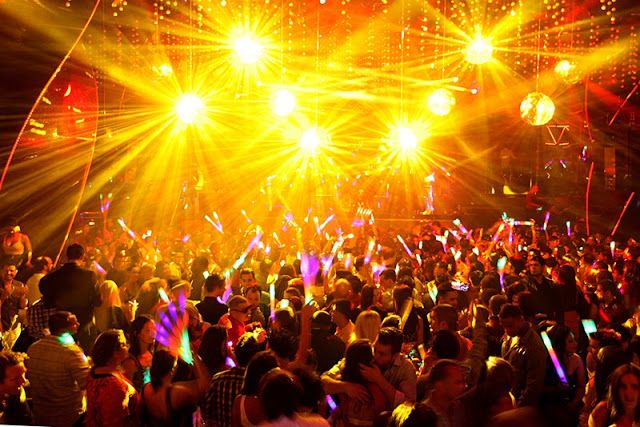 And they do not require special training, they are quite simple to learn.
And they do not require special training, they are quite simple to learn.
Difficulties: at the initial stage, there are few difficulties for lovers, the main thing is to find a suitable partner.
Spanish folk dance with obligatory traditional costumes. Flamenco is particularly dramatic and attracts a fairly mature audience. This is a spectacular and expressive genre filled with passion. He is characterized by a specific choreography of the hands, active beating of tap-dancing trills and luxurious pas in frilled chic skirts in a gypsy manner.
Difficulties: a keen sense of rhythm is needed
Art of seduction, erotic dance of the East (ancient striptease). It is performed in specific costumes with ringing scales, which enhances the musicality of the dance, synchronization with the music. Oriental dance is rich in all kinds of techniques in plasticity, rhythm, replete with small details and decorations. Really professional dancers fascinate with the beauty of the curves of a semi-naked body and clear, finely drawn movements. Unlike other styles, “oriental dancers” delight with the expressiveness of curvaceous forms, the ability to profitably reveal the features of the female figure.
Oriental dance is rich in all kinds of techniques in plasticity, rhythm, replete with small details and decorations. Really professional dancers fascinate with the beauty of the curves of a semi-naked body and clear, finely drawn movements. Unlike other styles, “oriental dancers” delight with the expressiveness of curvaceous forms, the ability to profitably reveal the features of the female figure.
Difficulties: minor shaking, vibrations, harmful to the not yet formed female body.
Modern Dance Base is a dance floor format suitable for different genres of music. This is a universal dance technique that is combined with any style, type and manner. It is not required to memorize dance sequences and performances, the dance is built on the principle of a constructor: there are basic elements and rules, how they fit together. After studying several movements and learning how to combine them with each other, you can improvise to different music, for this a few months of training are enough. The whole dance is based on rhythm, plasticity and coordination of movements.
The whole dance is based on rhythm, plasticity and coordination of movements.
Difficulties: to achieve beauty and ease in improvisation, it takes time to restore atrophied muscle groups.
Active Styles for Expressive Youth: Swinging and Jumping Techniques to Direct Rhythm Music. Extremely energy-consuming, attract a lot of attention and require a lot of space. You will be unlucky if you find yourself next to such a dancer on a crowded dance floor, since this does not happen often, but these styles have become a hit at street festivals! These techniques turn you on - you just want to join and start dancing. But the dancers are not enough for a long time, because. the set of movements is not particularly large and varied, and all are quite energetic.
Difficulties: finding a place to fulfill them
Originally R'n'B is the culture of funk, jazz and soul. She also contributed to the emergence of rock and roll. In the future, R'n'B and Hip-Hop began to actively mix, because. they are both part of the African American culture. Today, R'n'B as a dance includes any possible technique, but all of them are performed in a particularly pathetic manner, in the obligatory ultra-fashionable outfit. R'n'B classes are a great solution for those who want to "show themselves." This style gives self-confidence, a sense of one's own coolness and sexuality, it is a cure for complexes and insecurity, which young people lack so much; that is why it is purely a youth movement.
She also contributed to the emergence of rock and roll. In the future, R'n'B and Hip-Hop began to actively mix, because. they are both part of the African American culture. Today, R'n'B as a dance includes any possible technique, but all of them are performed in a particularly pathetic manner, in the obligatory ultra-fashionable outfit. R'n'B classes are a great solution for those who want to "show themselves." This style gives self-confidence, a sense of one's own coolness and sexuality, it is a cure for complexes and insecurity, which young people lack so much; that is why it is purely a youth movement.
Hip-hop, however, is a serious direction, where pathos is justified by really cool training of dancers who do not neglect breakdancing.
Difficulties: constant psychological pressure within the team, where the spirit of struggle and competition reigns.
Pair dance with strict choreographic standards.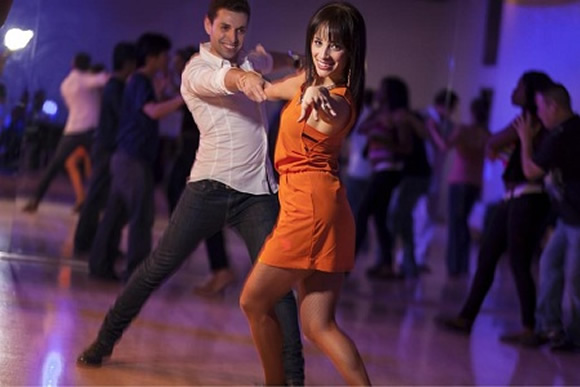 The dancers are completely attached to their partner, who is extremely difficult to replace.
The dancers are completely attached to their partner, who is extremely difficult to replace.
Disadvantages: injury, occupational diseases. Considering that this is a professional dance for participation in competitions, the loss of a partner almost always entails the collapse of the dancer's professional career.
Advantages: fully reveals the theme of interaction with a partner. The highest form of possible paired dance art.
This is the most ancient and at the same time the most modern style of dance. It is constantly changing, as the standards of femininity and masculinity change. You can dance it in different ways, but the meaning does not change. This is a dance that arouses sexual interest, allowing you to enjoy your image, the effect that you produce. This is the most emotional style of dance, in which the features of male and female movements are maximally expressed.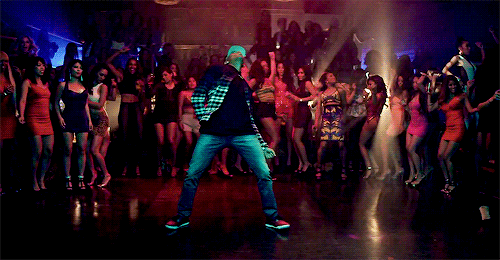 There is a very thin line between the most beautiful and the most disgusting. Therefore, high qualification of the choreographer is simply necessary.
There is a very thin line between the most beautiful and the most disgusting. Therefore, high qualification of the choreographer is simply necessary.
The broad concept of "club dance" includes many movements of various styles. They can be performed synchronously or solo. Club dance today is divided into 2 directions: to music with a direct rhythm and to music with a broken rhythm. Straight rhythm is classical electronic music like Disco House, Techno, Progressive. A broken rhythm is a break beat, breaks, R'n'B, Hip-Hop.
Born in the times of ballroom dancing, modern jazz is a combination of classical techniques, street dance styles, jazz improvisation.
Combination of all “old school” styles such as plastique, slides, king-tat, robot.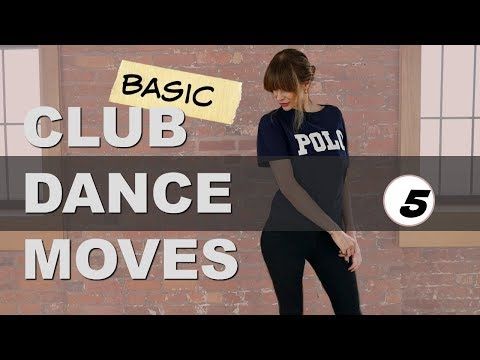 Break Dancing is exciting, vibrant, and colorful. For this reason, he became very popular. Break dancing first appeared in the South Bronx (Big Up's to da Bronx!) in the 70s. At first, it was danced on cardboard boxes laid out on the street, which turned the sidewalk into a stage. Street dancers mixed dance aerobatics with martial arts and disco dance, and each performer crafted his own style. Music poured from portable stereo tape recorders. Now it's a personal way to get in shape and have fun!
Break Dancing is exciting, vibrant, and colorful. For this reason, he became very popular. Break dancing first appeared in the South Bronx (Big Up's to da Bronx!) in the 70s. At first, it was danced on cardboard boxes laid out on the street, which turned the sidewalk into a stage. Street dancers mixed dance aerobatics with martial arts and disco dance, and each performer crafted his own style. Music poured from portable stereo tape recorders. Now it's a personal way to get in shape and have fun!
A dance technique that allows you to turn on a crowd of spectators using standard artistry techniques, wide, amplitude movements that capture attention, courage and play. One of the main elements of Go-Go is the expression of sexuality and the minimum amount of clothing.
In the early 70's in the United States formed a huge number of groups dancing on the streets, later reincarnated into a culture.:strip_icc():format(jpeg)/kly-media-production/medias/1261652/original/018982800_1465713311-sexp.jpg) It has incorporated a popular form filled with elements of various dance styles.
It has incorporated a popular form filled with elements of various dance styles.
Stage, power style of synchronized dance, allowing you to work out the quality, endurance. A large number of synchronous connections of popular movements and courage are presented.
A power dance style for a stage where movements are performed with full force and speed. This style features a large number of "wide" movements, swings, rotations and reversals.
All kinds of moonwalks in all directions. This technique is perfectly combined with plastic. The style is based on moonwalks, which give an illusory effect of sliding on the floor. The style includes more than 20 types of gaits.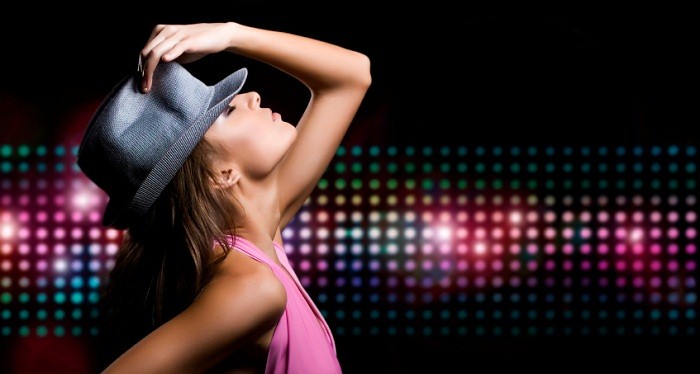 Swimming or sliding on the floor is an illusion created with your feet. This creates the feeling that you are trying to go in one direction, but you are actually moving in another direction. A classic example of this effect is the 'Moonwalk' made famous by Michael Jackson. The actual illusion is an old Pantomime trick.
Swimming or sliding on the floor is an illusion created with your feet. This creates the feeling that you are trying to go in one direction, but you are actually moving in another direction. A classic example of this effect is the 'Moonwalk' made famous by Michael Jackson. The actual illusion is an old Pantomime trick.
As a result of the "psychedelic revolution" of the late 60s, a culture of music, fashion, and dance was formed. The manifestation of one's individuality in this form is relevant to this day. The disco style influenced many other styles that appeared later.
He has gained great popularity all over the world, thanks to the music to which he performs. This trendy dance direction helps to get not only an excellent sports form, but also provides an opportunity to show "aerobatics" in clubs. The style evolved from "Hip-Hop", became more diverse and complex. The abbreviation "R&B" stands for "Rhythm and Blues". As a rule, it is danced at the level of improvisation.
The style evolved from "Hip-Hop", became more diverse and complex. The abbreviation "R&B" stands for "Rhythm and Blues". As a rule, it is danced at the level of improvisation.
Trance as a stylization of dance technique, with a softer nature of movements based on the specific features of electronic trance music, absorbed mainly movements that anyone can perform without special physical training. This is a dance of deep feelings, not always clear to others.
This is not a style of dance, but the level of mastery of any style. The art of arbitrarily combining the movements of all styles known to you in an arbitrary order without the participation of logical memory, using motor memory.
Other directions of club dance are "Hip-Hop". The music of these styles is less aggressive, the movements are freer. This is a rhythmic, jumping technique. Hip-hop can be distinguished by a spring and, as the name implies (hip-hop - small jump).
The music of these styles is less aggressive, the movements are freer. This is a rhythmic, jumping technique. Hip-hop can be distinguished by a spring and, as the name implies (hip-hop - small jump).
Emulation of robot movements, setting fixations and many other effects. The inspiration for the development and improvement of the Robot was pantomime. Animation and futurism lives in most people. The hydraulic movements of a robot performed to music that is getting more and more rhythmic. One of the first robot dancers was James Brown (“Goodfoot”, 1969), Los Angeles. The Tick - used in the Robot (Robotics) dance style. The movement gives the illusion that the parts of the body are mechanical, in character and fixation, or start with a push.
This style refers to the “old school” of breakdancing and consists of geometric movements with all parts of the body that are performed at right angles. The style looks like a geometric mosaic. This style imitates scenes depicted on the walls of Egyptian pyramids and temples. Combined with the style of The Tick, includes circular rotations of various parts of the body.
The style looks like a geometric mosaic. This style imitates scenes depicted on the walls of Egyptian pyramids and temples. Combined with the style of The Tick, includes circular rotations of various parts of the body.
Soft movements of the whole body. The style allows you to master the “wave” technique that you can perform with all parts of the body, as well as learn a large number of smooth movements. These movements are used in most other styles of dance as an auxiliary.
Dance movements for the dance floor that can be easily combined with each other in any sequence, which allows you to develop the ability to improvise. The style is danced at half strength, so you don't get tired. Usually includes movements from different styles and directions.
Dance moves that can be performed by anyone without special training, simple movements of the legs and body, used in discos, useful when moving from one style of dance to another.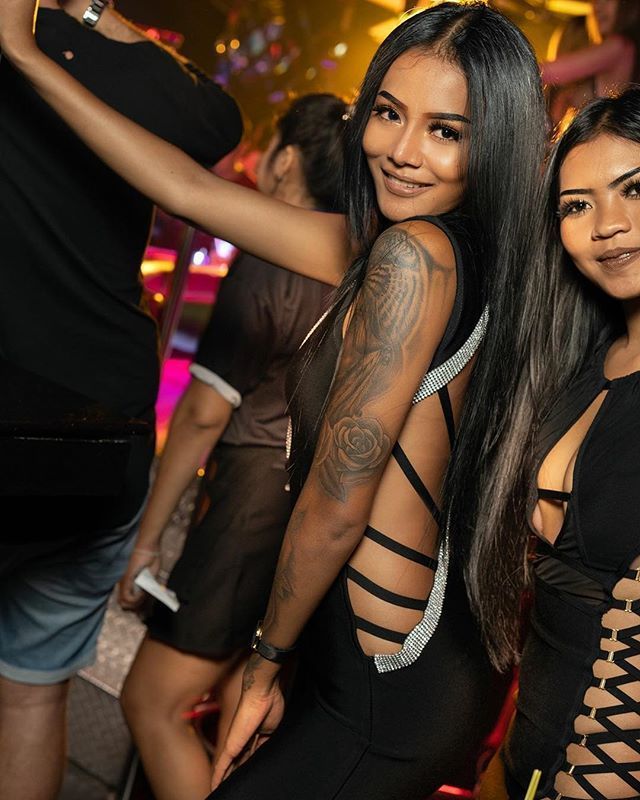
The power dance style, which has become a classic, is used when participating in battles, dance competitions (dance competitions), and includes simple acrobatic elements.
According to Ejoe Willson, considered one of the best dancers in New York, House was born in 1988 as a dance to house music. House differs from Hip-Hop, as Ejoe says, in that when you dance house, you subordinate your body to the melody, while in Hip-Hop you subordinate your body to the musical beat. House is danced in almost all progressive dance clubs. It is distinguished by high speed (like all club music), sharp hand movements, with a certain kind of quality.
Electric wave effect.